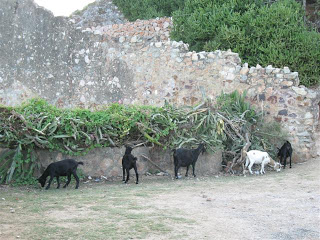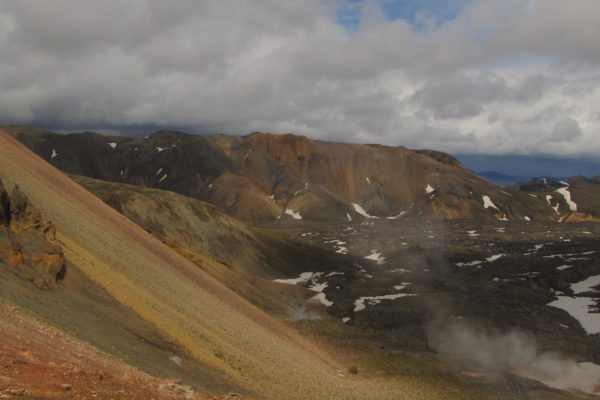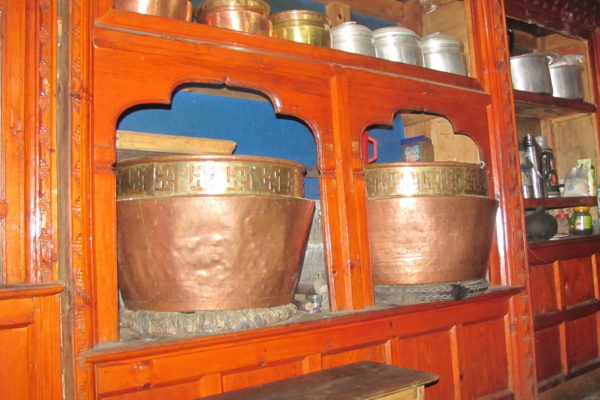One of the gems of Cap Haïtien, Haiti is Fort Picolet. It is one of the most interesting and lesser-known sites that are important to Haitian heritage. It is also one of the many little fortifications that Roi Christophe, the self-proclaimed King of Haiti, built during his reign from 1811 to 1820. It has fallen into disrepair over the decades but, just like the magnificent Citadelle Laferrière-the largest fortress in the western hemisphere only just 20 kilometres south, it was built with thick walls, elaborate turrets, hidden passageways and on a hard to access location on a headland. Even today there is only one way to get there by foot from the city.
It takes 15-20 minutes to get to Fort Picolet depending on how slow your Caribbean pace is. You need to walk west of the relatively posh Carenage neighbourhood of Cap Haïtien. Fort Picolet is actually the city limits, if you look at the original colonial plans of the city. But, true to the spirit of brutal and exclusionary colonial exploitation and not long after, unplanned city immigration, there are clusters of houses on the left hand side of the path along the steep and rugged coastline towards the fort. And they are stacked like Jenga blocks due to this lack of space. Most are incomplete so on Sundays you see families lounging in the incomplete room. Hair braiding, playing dominos, sipping soft drinks, enjoying the sea spray and listening to the lapping waves of the Atlantic waters are the order of the day. The Sunday experience lends itself to a rather romantic setting, but I can only recommend experiencing the ebb and flow of life during the work week in order to get that vivid experience of day-to-day life in Cap Haïtien along the way to Fort Picolet.





